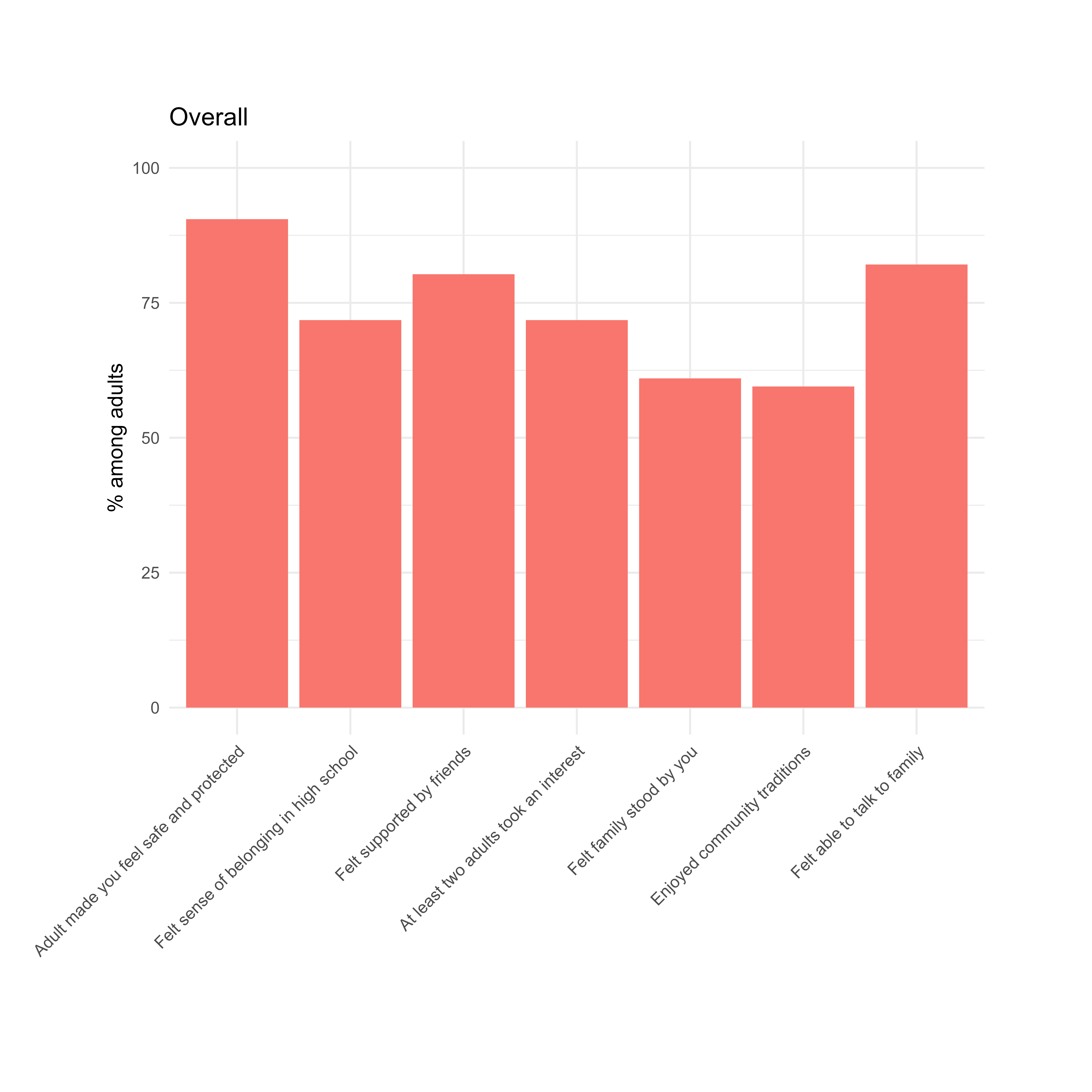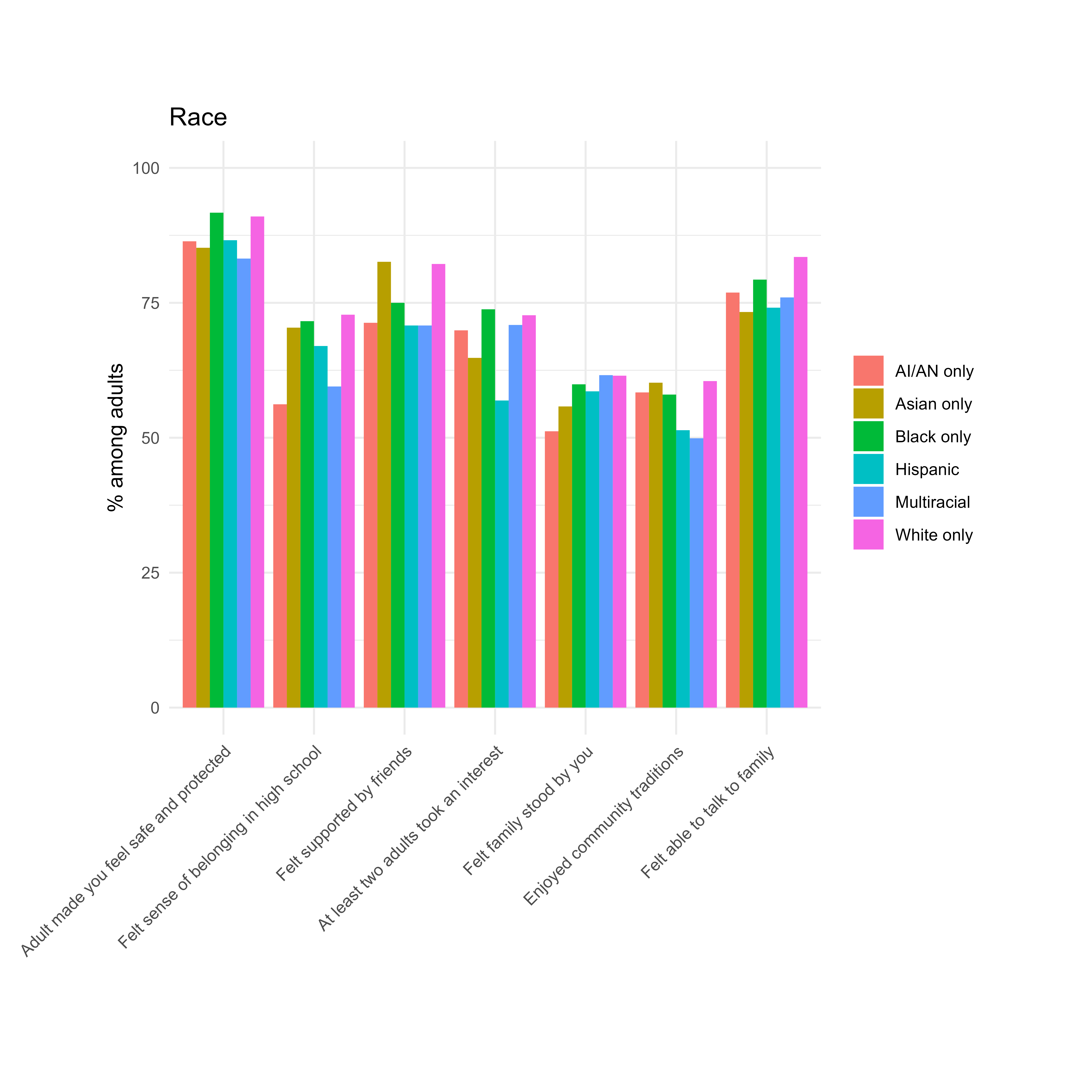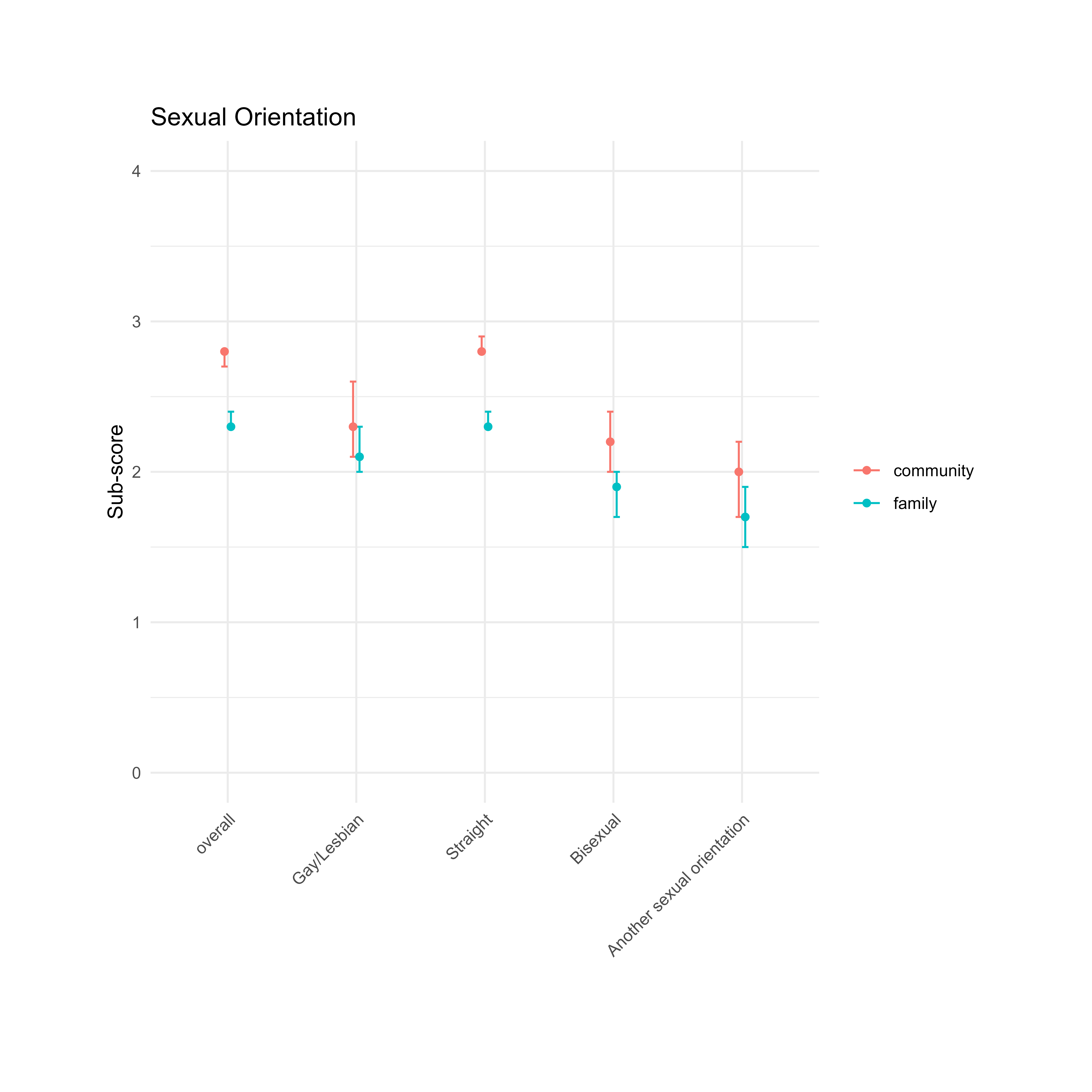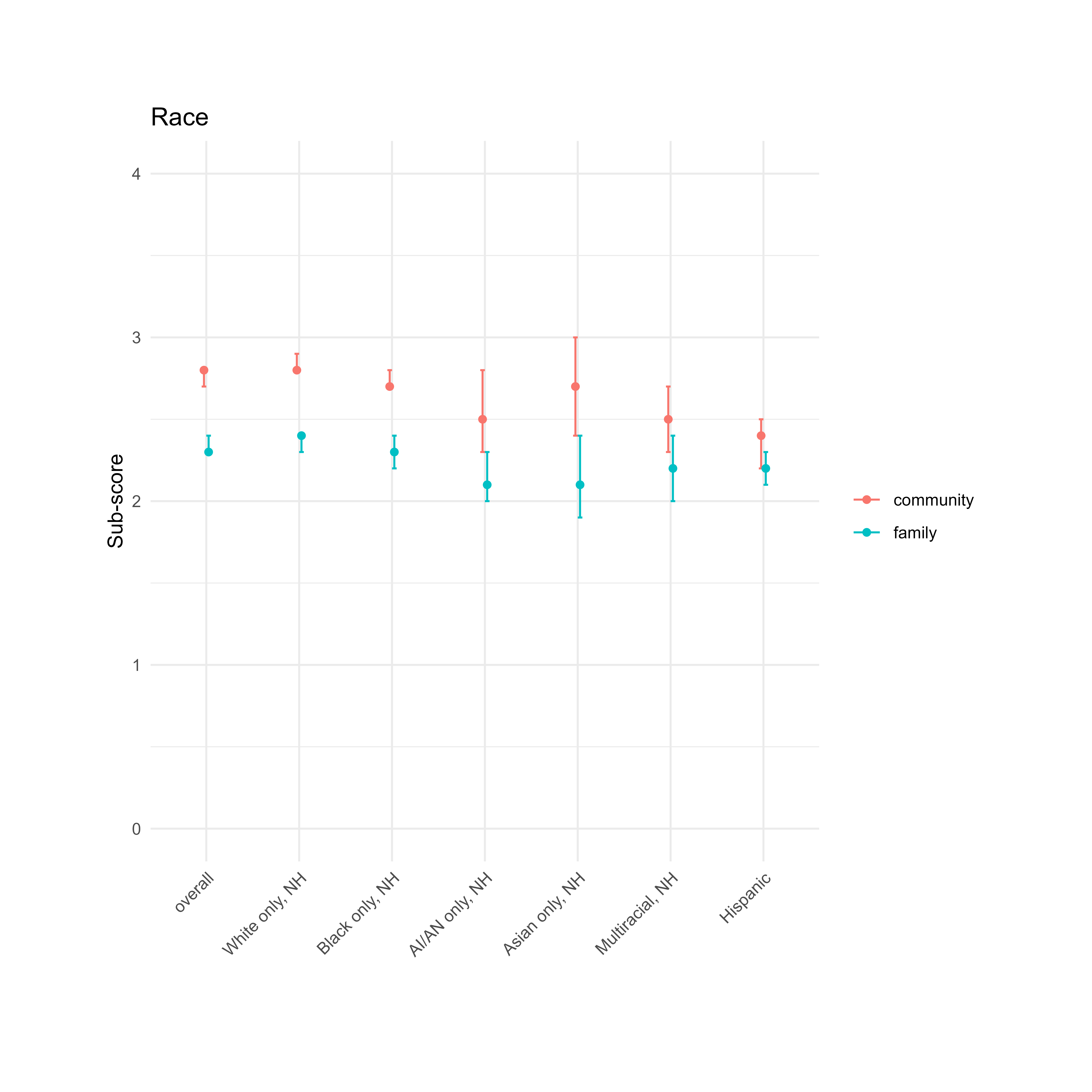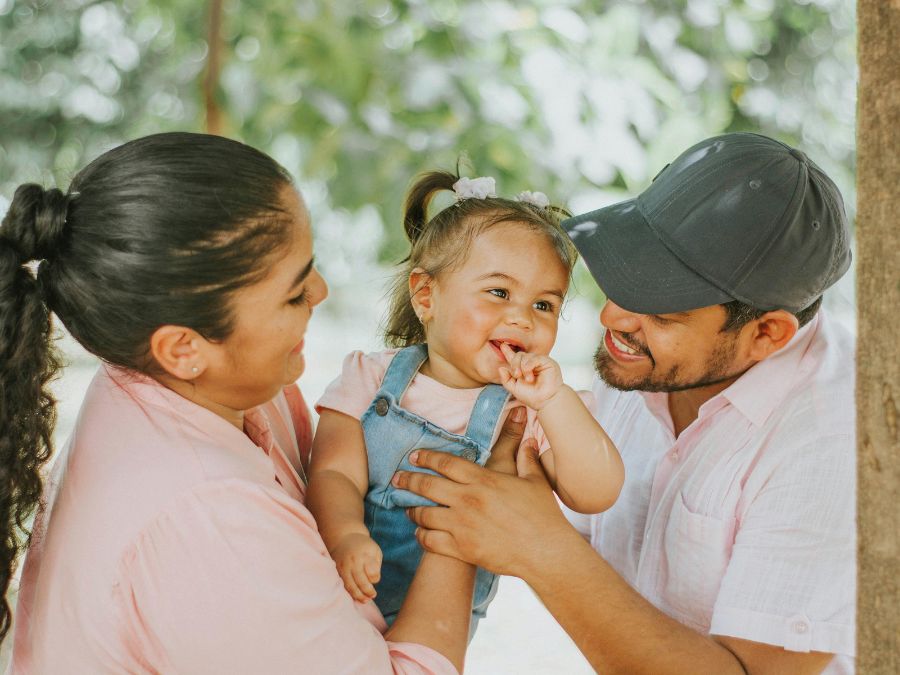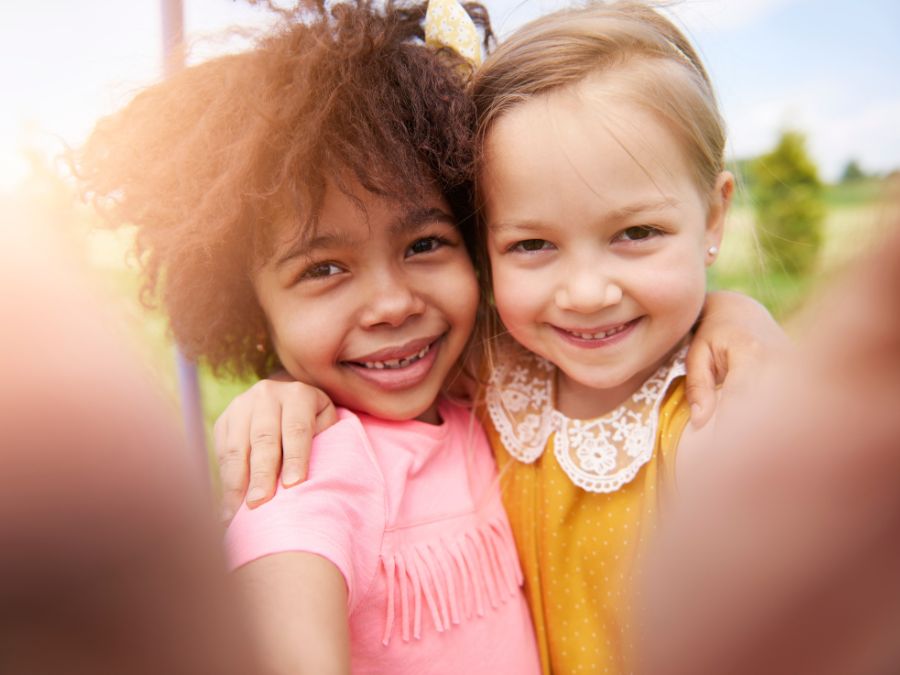
Important step towards understanding positive childhood experiences in research
This week, the HOPE National Resource Center published a paper in the Centers for Disease Control’s (CDC) flagship publication, Morbidity and Mortality Weekly Report. This publication reports on the prevalence of positive childhood experiences (PCEs) in four states: Wisconsin, Montana, South Carolina, and Kansas. This is the largest population-based study of PCEs among US adults, representing information from roughly 15 million people.
This report marks an important moment in the growing understanding of childhood experiences. This report signals that PCEs have become important public health data that can be collected and used to improve population health.
PCEs are common but not equally accessible to everyone
What we found was that 60-90% of respondents had experienced each of the 7 PCEs measured in the study. However, there were notable differences when we compared PCE scores among demographic and socioeconomic groups. Notably, people with minority gender and racial identities experienced PCEs at a lower rate. We also found that adults with higher incomes and those with college degrees had higher rates of each PCE and overall PCE scores. These data mirror prior findings where those who have experienced Adverse Childhood Experiences (ACEs) were less likely to have opportunities for PCEs.
Implications for monitoring and understanding public health
To better understand ways in which public health agencies can help progress the understanding of positive childhood experiences, this report divides PCEs into two categories. The first category measures PCEs experienced within the child’s family, and the second looks at experiences outside the family environment. Public health efforts can address these two kinds of experiences differently.
For example, we have found that gender-minority high school students are less likely to be engaged in after-school activities than their peers. With this information, agencies can look further into why this may be happening and create policy changes or more intentional spaces for LGBTQ+ youth after school. This article also suggests that Hispanic Americans and adults with multi-racial backgrounds reported fewer community-level PCEs than non-Hispanic Black or white adults – while the family subscale is not significantly different.
More to explore about PCEs
As the very first report of its kind on positive childhood experiences, this paper leaves much to be explored. The HOPE National Resource Center is working with the CDC to better understand the physical, behavioral, and mental health effects of PCEs, and to learn about outcomes from PCEs when childhood adversity is taken into account.
From this paper, we can now explore more questions like, are these the most important PCEs to count? How can we think about and address the bias-based disparities in PCEs? This type of survey asks adults to look back at their childhood. What measures could be developed that would work in real-time – so we could know more about and improve access to these experiences?
The addition of PCE measures to standard public health measures marks an important turn, building on our experience collecting information about problems and deficits with a more holistic approach that views people’s health – and population health overall – as arising from the positive experiences that all children need to thrive.

